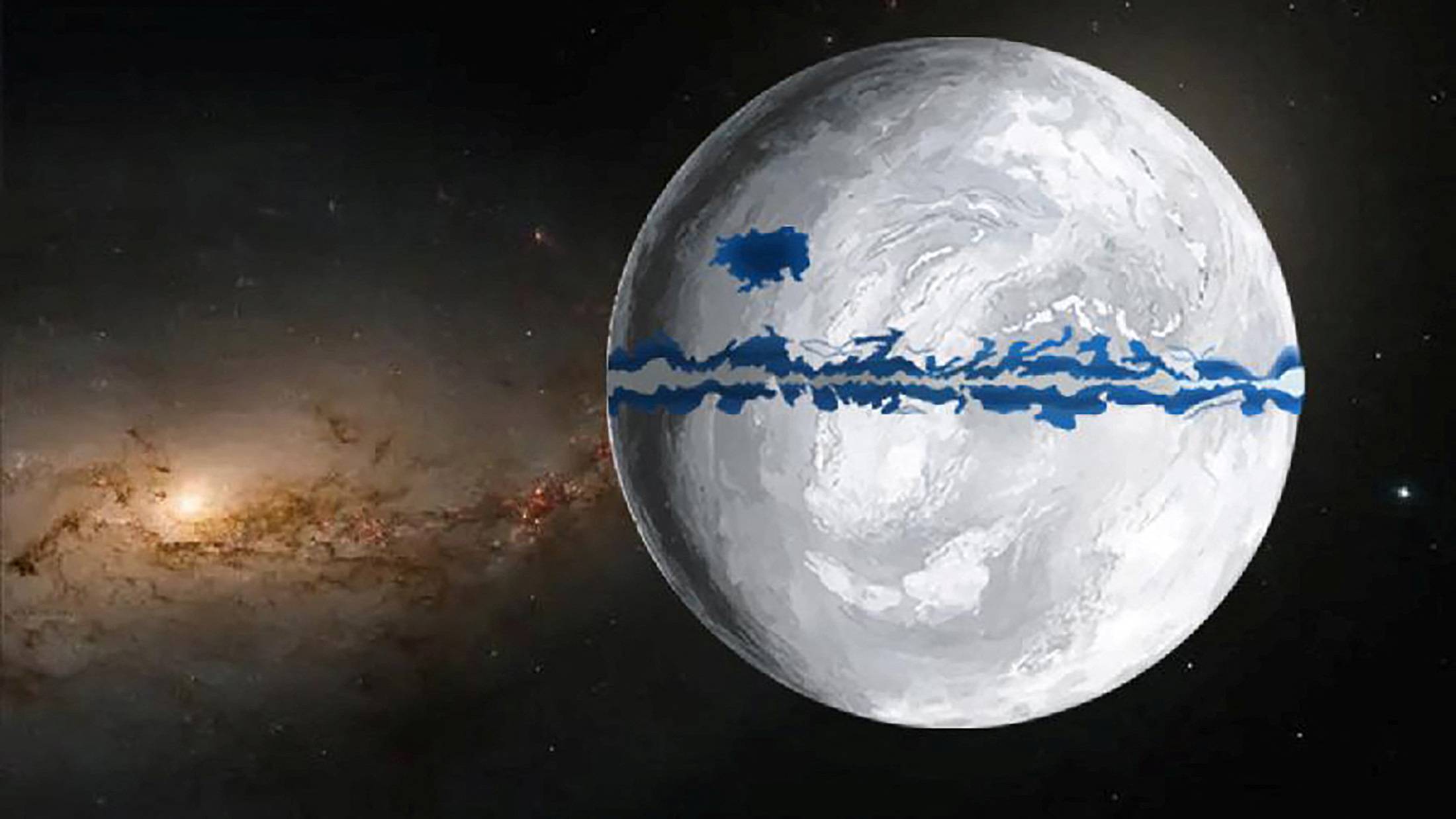Life on our planet faced a stern test during the Cryogenian Period that lasted from 720 million to 635 million years ago when Earth twice was frozen over with runaway glaciation and looked from space like a shimmering white snowball.
Life somehow managed to survive during this time called "Snowball Earth," and a new study offers a deeper understanding as to why.
Fossils identified as seaweed unearthed in black shale in central China's Hubei Province indicate that habitable marine environments were more widespread at the time than previously known, scientists said on Tuesday. The findings support the idea that it was more of a "Slushball Earth" where the earliest forms of complex life — basic multicellular organisms — endured even at mid-latitudes previously thought to have been frozen solid.


















With your current subscription plan you can comment on stories. However, before writing your first comment, please create a display name in the Profile section of your subscriber account page.